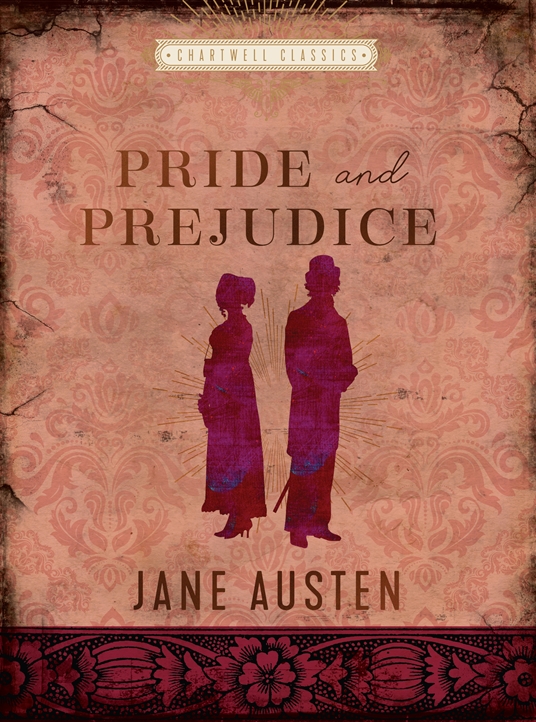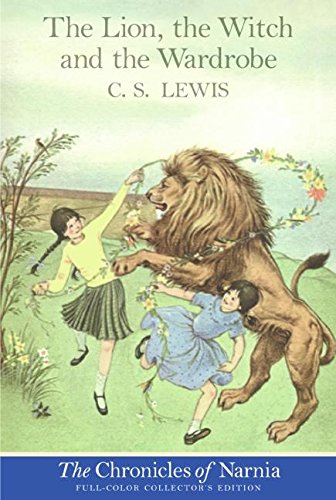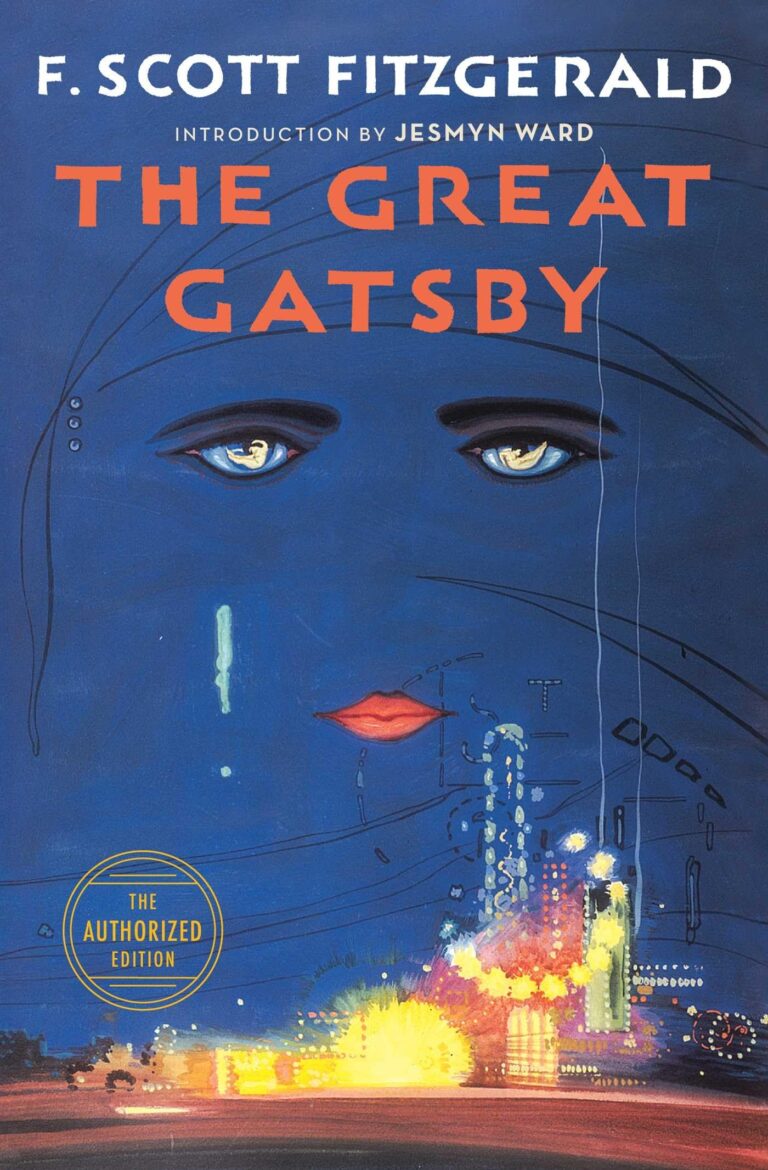Exploring the Timeless Charm of Pride and Prejudice
Exploring the Timeless Charm of Pride and Prejudice
Why does a novel published in 1813 still resonate so powerfully with readers today? Let’s dive into the timeless world of Pride and Prejudice.
Hi everyone! I’ve recently revisited one of the greatest classics of English literature—Jane Austen’s Pride and Prejudice. I first read this novel as a teenager, but each rereading reveals new layers of wit, character depth, and social commentary. In this post, I’ll walk you through the novel’s rich storyline, its unforgettable characters, and why it still matters in today’s world.
Table of Contents
Overview of the Story
Jane Austen’s Pride and Prejudice is a romantic novel set in early 19th-century England, centering on the spirited Elizabeth Bennet and the proud Mr. Darcy. The story explores the social dynamics of the British landed gentry and follows the evolving relationship between Elizabeth and Darcy as they navigate misunderstandings, family pressures, and their own personal flaws. Through a blend of wit and keen social observation, Austen delivers a story that remains compelling across generations.
Main Characters and Relationships
| Character | Role | Relationship |
|---|---|---|
| Elizabeth Bennet | Protagonist | Falls in love with Mr. Darcy |
| Mr. Fitzwilliam Darcy | Hero | Eventually marries Elizabeth |
| Mr. Bennet | Elizabeth’s Father | Cynical but loving parent |
| Mrs. Bennet | Elizabeth’s Mother | Desperate to marry off daughters |
Major Themes and Symbolism
Several key themes define the narrative and emotional arc of Pride and Prejudice. These ideas give the novel both social significance and emotional depth.
- Pride vs. Humility – Both Darcy and Elizabeth must overcome their initial judgments.
- Class and Social Status – The novel critiques the rigidity of the class system.
- Marriage as Social Mobility – Many characters see marriage as a means of securing status and security.
- The Role of Women – Austen subtly questions the limited roles available to women in her time.
Jane Austen’s Writing Style
Jane Austen’s prose is renowned for its elegance, irony, and precision. She masterfully balances social critique with lighthearted humor, creating vivid character portraits through sharp dialogue and clever narration. Her use of free indirect discourse allows readers to seamlessly experience the inner thoughts of her characters while maintaining the narrative’s wit and charm. Austen’s storytelling avoids melodrama, instead relying on subtle social observations and emotional intelligence.
The Novel’s Modern Impact
Even centuries after its publication, Pride and Prejudice continues to influence readers, writers, and scholars. Below is a table highlighting key areas of its modern cultural relevance.
| Impact Area | Details |
|---|---|
| Literary Influence | Inspired countless authors and romantic novels worldwide |
| Academic Studies | A staple in literature, gender, and sociology courses |
| Pop Culture | Referenced in TV shows, music, and contemporary fiction |
Adaptations and Cultural Legacy
The story of Elizabeth and Darcy has been reimagined countless times in various formats, reflecting its universal themes and enduring appeal.
- BBC’s 1995 TV adaptation starring Colin Firth and Jennifer Ehle
- 2005 film with Keira Knightley and Matthew Macfadyen
- Modern spin-offs like Bridget Jones’s Diary and Pride and Prejudice and Zombies
- Stage plays, web series, and graphic novel interpretations

Frequently Asked Questions
What is the main message of Pride and Prejudice?
The novel promotes the importance of overcoming pride and prejudice to truly understand and connect with others.
Why is Elizabeth Bennet considered a feminist character?
Elizabeth challenges societal norms through her wit, intelligence, and refusal to marry for convenience alone.
How does Mr. Darcy’s character evolve?
He matures emotionally, learning humility and the importance of kindness over social status.
What role does social class play in the novel?
Social class greatly affects character interactions and decisions, highlighting the rigid hierarchies of the time.
Are the themes of Pride and Prejudice still relevant today?
Yes, themes like self-awareness, prejudice, and social expectations continue to resonate in modern contexts.
What makes Jane Austen’s writing unique?
Her keen social observations, ironic humor, and rich character development distinguish her literary voice.
Whether you’re discovering Jane Austen for the first time or revisiting her timeless classic, Pride and Prejudice offers a world of insight, wit, and emotional depth. It’s more than a love story—it’s a mirror reflecting the complexities of human nature and societal expectations. I’d love to hear what moments or characters stood out to you most.






